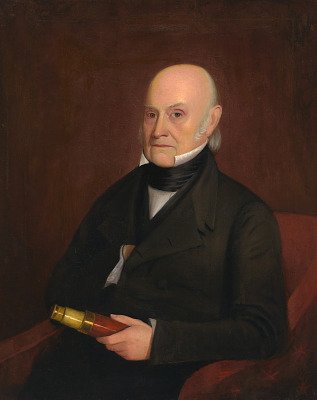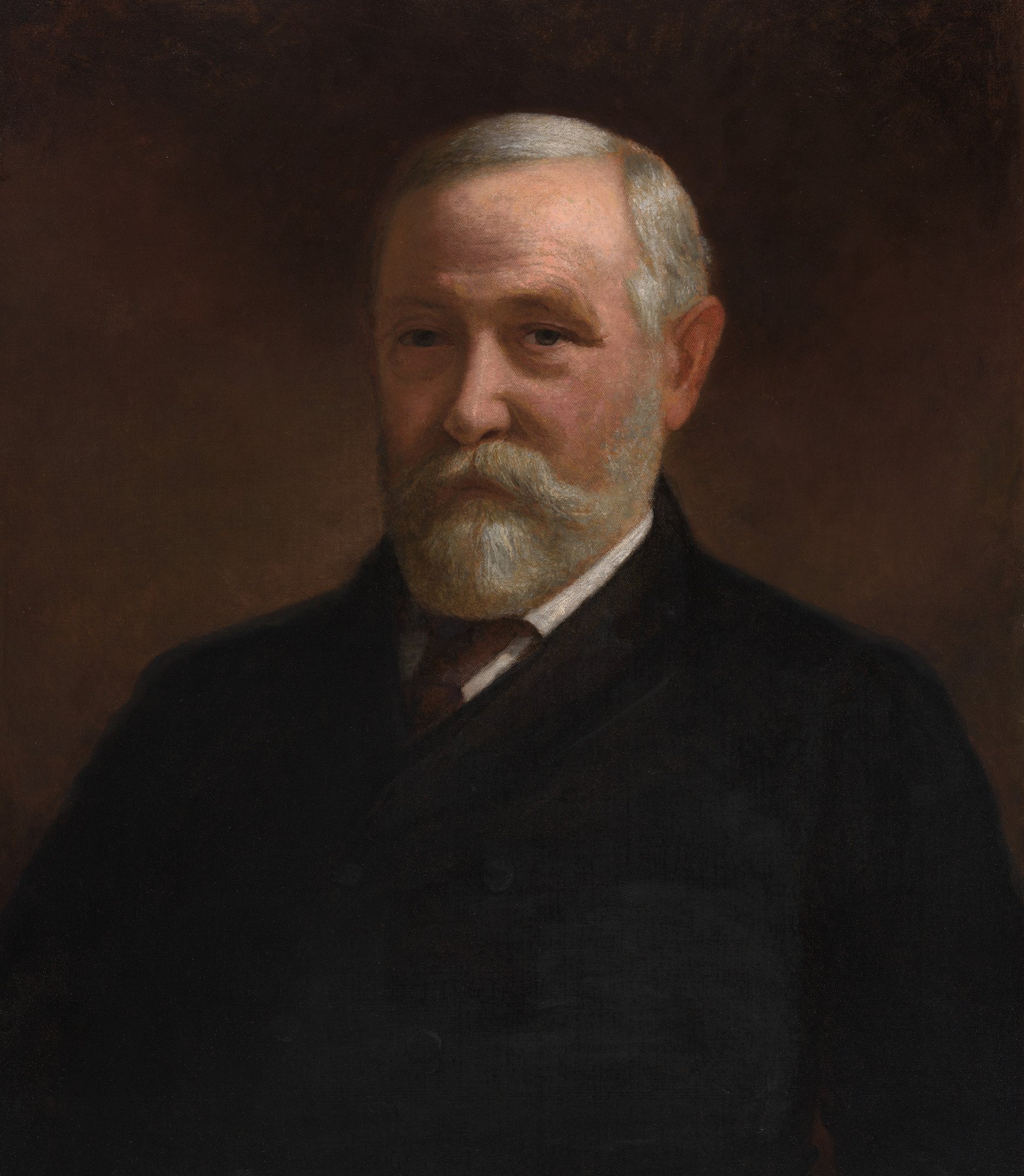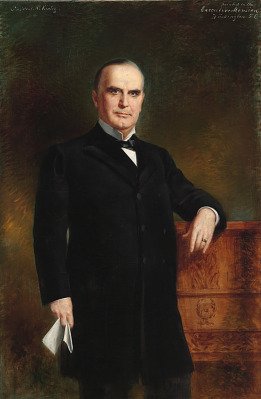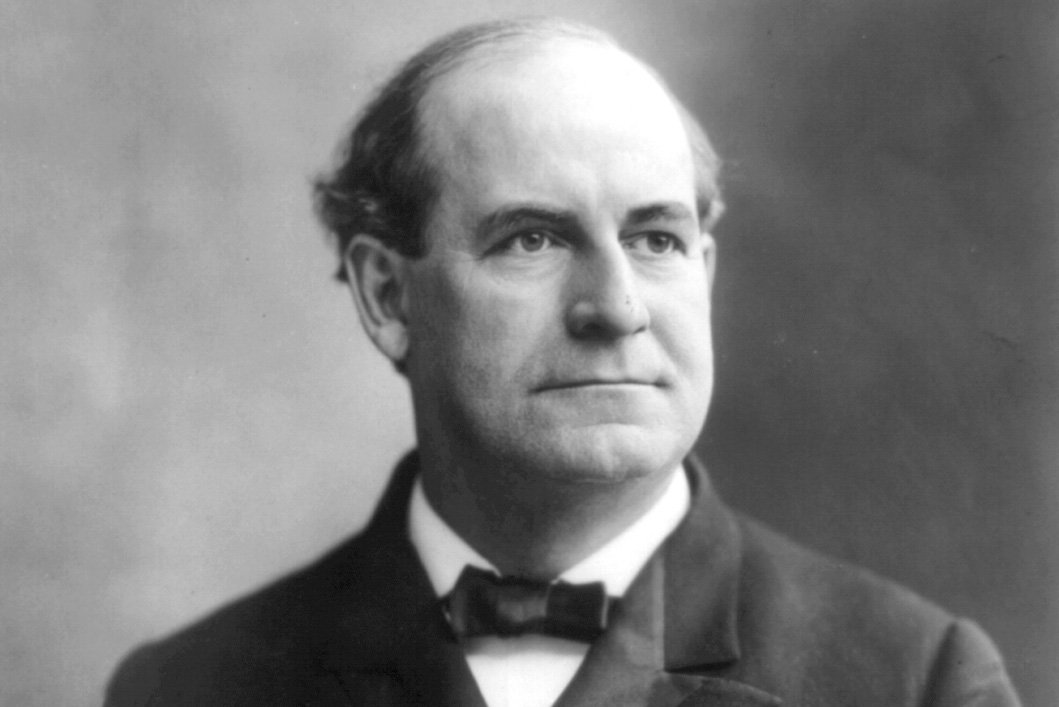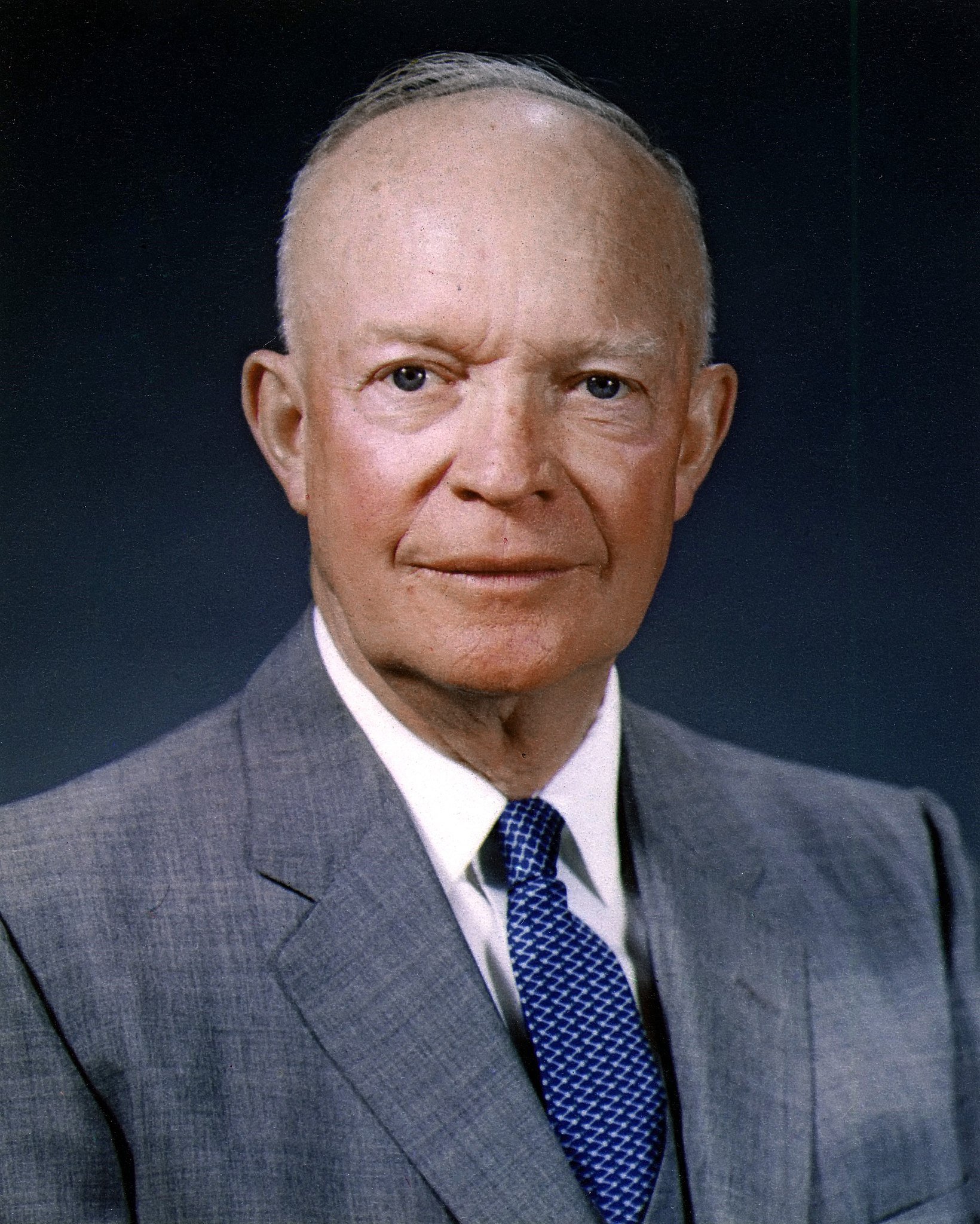Presidential Rematches
Presidential Rematches
The Biden – Trump Presidential election will be the seventh rematch in our nation’s history and the first in almost seventy years.
· Thomas Jefferson / John Adams – 1796 and 1800
After George Washington declined to serve a third term, our nation experienced its first contested Presidential election in 1796. This election featured the first political parties, with John Adams of the Federalist Party opposed by Thomas Jefferson of the Democratic–Republican Party.
The 1796 campaign was hard fought, with partisan politics present from our nation’s founding. For example, opponents also called Adams ‘His Rotundity,’ referring to his weight, while Jefferson was criticized for his record as Virginia’s governow during the Revolutionary War.
The results showed a geographic split in the nation. Adams won all the states north of Virginia except Pennsylvania, while Jefferson won all the Southern states plus Pennsylvania. Adams won by three electoral votes – 71 to 68. Under the electoral system of the time, Jefferson became Adam’s Vice President. Imagine, for example, if Hillary Clinton had become Donald Trump’s Vice President. I think this should be: This system was changed in 1804 by the Twelfth Constitutional Amendment.
The 1800 rematch was an equally bitter campaign. Jefferson again captured the South while Adams won the North. The election ended in a tie, meaning the House of Representatives was responsible for selecting the next President. The first thirty-five votes failed to pick a winner. Alexander Hamilton lobbied for Jefferson behind the scenes, and the thirty-sixth ballot elected Jefferson President.
· John Quincy Adams / Andrew Jackson – 1824 and 1828
James Monroe ran unopposed for President in 1820 in what was known as the “Era of Good Feelings.” Four candidates ran in 1824 to succeed him. Henry Clay of Kentucky and William Crawford of Georgia, along with Adams and Jackson, entered the race.
New England went for Adams, and Jackson won most of the South and Pennsylvania. With Crawford winning Virginia and Georgia and Clay winning several mid-western states, no candidate won a majority of the electoral vote. However, Jackson won a plurality of both the popular and electoral votes, with Adams finishing second in both categories. The Presidential election went to the House, which picked Adams instead of Jackson. Adams subsequently appointed Henry Clay as Secretary of State.
Jackson and his supporters accused Adams and Clay of a ‘corrupt bargain,’ saying that Clay supported Adams in return for the cabinet appointment.
The 1828 rematch was characterized by ‘mudslinging’ on both sides. Jackson won easily, with only the Northeast, New Jersey, and Delaware supporting Adams.
· Martin Van Buren / William Henry Harrison – 1836 and 1840
Jackson’s Vice President Martin Van Buren ran against four other candidates, including William Henry Harrison. Van Buren won a narrow majority with Harrison finishing a solid second. No other incumbent Vice President won the Presidency until 1988, when George Bush, Reagan’s Vice President, defeated Michael Dukakis.
Harrison ran again in 1840 on a platform of ‘Tippecanoe and Tyler too,’ referring to General Harrison’s victory at the battle of Tippecanoe and Vice Presidential candidate John Tyler. Van Buren had lost popularity due to the ‘Panic of 1837,’ an economic downturn. Harrison’s age became an issue. But he won by a wide margin with broad support across all regions of the country. He became the oldest President at the time, aged 67, and died 30 days after his inauguration.
· Grover Cleveland / Benjamin Harrison – 1888 and 1892
Except for Grover Cleveland, Republicans won every Presidential election after the Civil War until Woodrow Wilson’s 1912 election.
Cleveland ran as an incumbent in 1888 after a narrow victory in 1884. By now, the Southern states were solidly democratic. Benjamin Harrison, the grandson of William Henry Harrison, ran against Cleveland, winning the Electoral College vote while trailing slightly in the popular vote.
Cleveland won easily in the 1892 rematch fought over economic issues, including tariffs and monetary policy. A third party, the Populist Party, won five states with over eight percent of the vote but didn’t affect the overall result.
· William McKinley / William Jennings Bryan – 1896 and 1900
Bryan won the Democratic nomination following his rousing speech at the convention, stating, “You shall not crucify mankind upon a cross of gold.” He was arguing for an easier monetary policy. Bryan also won the Populist Party nomination. McKinley, the last Civil War veteran to serve as President, won a wide Electoral College margin, carrying the populous states of the Northeast and Midwest.
McKinley was popular following an economic recovery and victory in the Spanish-American War. He increased both his popular and electoral vote margins compared to 1896. McKinley was assassinated six months into his second term and was seceded by Teddy Roosevelt.
The 1900 election was the first time the incumbent won the rematch.
· Dwight Eisenhower / Adlai Stevenson II – 1952 and 1956
Eisenhower had broad public support after leading the country to victory in World War II. Incumbent President Truman of the Democrats was unpopular due to the ongoing Korean War. After losing an early primary, Truman withdrew from the race. The Democratic Party then selected Adlai Stevenson II, Governor of Illinois and grandson of former Vice President Adlai Stevenson I.
Using his slogan, “I like IKE,” Eisenhower won a landslide victory over Stevenson in both the Electoral College and the popular vote.
After recovering from his 1955 heart attack, Eisenhower decided to run for re-election. Stevenson was challenged in the Democratic primaries but won the renomination on the first ballot. Eisenhower won by an even more significant margin than in 1952, marking the second time the incumbent won the rematch.
· Donald Trump / Joe Biden – 2020 and 2024
This rematch will feature the two oldest candidates to run for the Presidency. If Trump were to triumph, he would join Grover Cleveland in serving non-consecutive terms.
While the outcome is unknown, we can safely predict a contentious, partisan campaign, perhaps similar to the Jefferson / Adams contests of 1796 and 1800.



